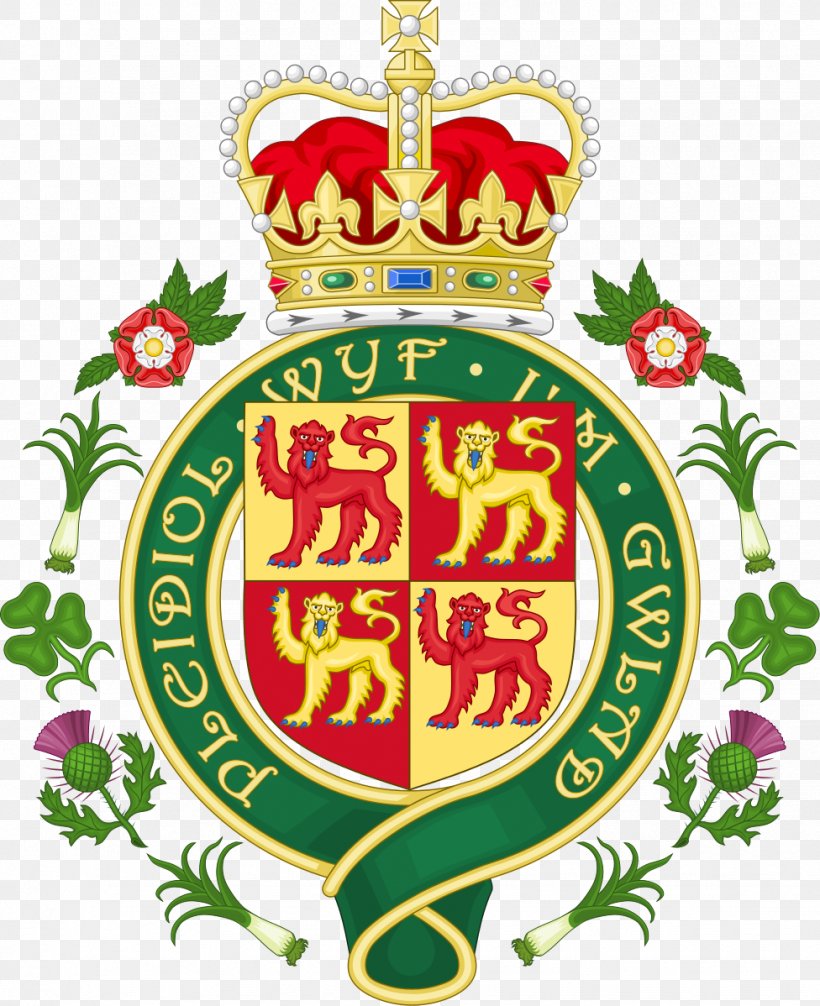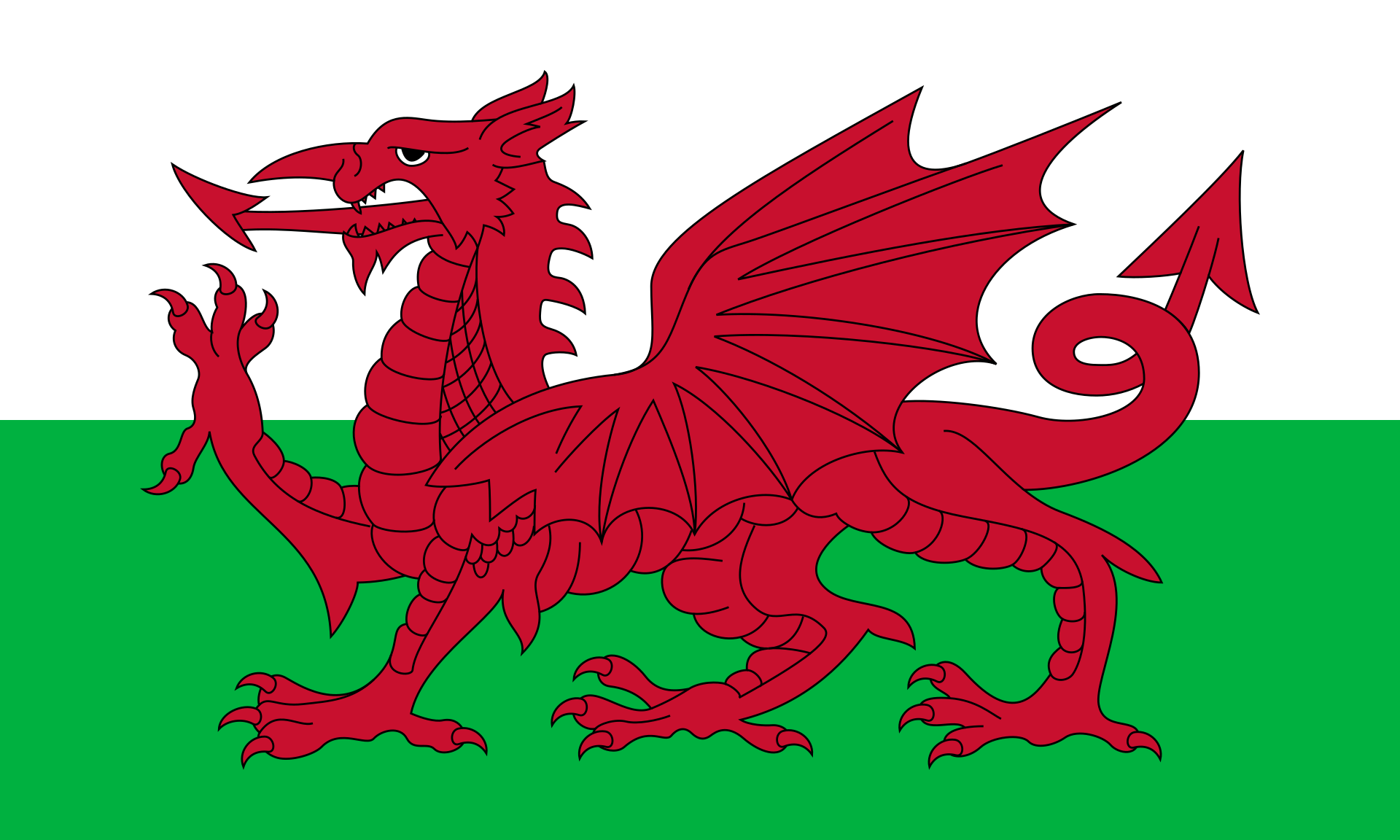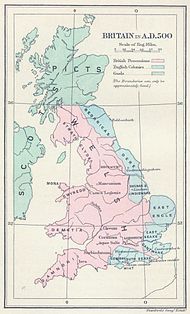
Wales

History
Culture
Climate
Landmarks
Plant and animal life
Wales has been inhabited by modern humans for at least 29,000 years.Continuous human habitation dates from the end of the last ice age, between 12,000 and 10,000 years before present (BP), when Mesolithic hunter-gatherers from central Europe began to migrate to Great Britain. At that time sea levels were much lower than today. Wales was free of glaciers by about 10,250 BP, the warmer climate allowing the area to become heavily wooded. The post-glacial rise in sea level separated Wales and Ireland, forming the Irish Sea. By 8,000 BP the British Peninsula had become an island.By the beginning of the Neolithic (c. 6,000 BP) sea levels in the Bristol Channel were still about 33 feet (10 metres) lower than today. The historian John Davies theorised that the story of Cantre'r Gwaelod's drowning and tales in the Mabinogion, of the waters between Wales and Ireland being narrower and shallower, may be distant folk memories of this time.
Neolithic colonists integrated with the indigenous people, gradually changing their lifestyles from a nomadic life of hunting and gathering, to become settled farmers about 6,000 BP – the Neolithic Revolution.
 They
cleared the forests to establish pasture and to cultivate
the land, developed new technologies such as ceramics and
textile production, and built cromlechs such as Pentre Ifan,
Bryn Celli Ddu, and Parc Cwm long cairn between about 5,800
BP and 5,500 BP. Over the following centuries they
assimilated immigrants and adopted ideas from Bronze Age and
Iron Age Celtic cultures. Some historians, such as John T.
Koch, consider Wales in the Late Bronze Age as part of a
maritime trading-networked culture that included other
Celtic nations. This "Atlantic-Celtic" view is opposed by
others who hold that the Celtic languages derive their
origins from the more easterly Hallstatt culture.By the time
of the Roman invasion of Britain the area of modern Wales
had been divided among the tribes of the Deceangli,
Ordovices, Cornovii, Demetae and Silures for centuries.
They
cleared the forests to establish pasture and to cultivate
the land, developed new technologies such as ceramics and
textile production, and built cromlechs such as Pentre Ifan,
Bryn Celli Ddu, and Parc Cwm long cairn between about 5,800
BP and 5,500 BP. Over the following centuries they
assimilated immigrants and adopted ideas from Bronze Age and
Iron Age Celtic cultures. Some historians, such as John T.
Koch, consider Wales in the Late Bronze Age as part of a
maritime trading-networked culture that included other
Celtic nations. This "Atlantic-Celtic" view is opposed by
others who hold that the Celtic languages derive their
origins from the more easterly Hallstatt culture.By the time
of the Roman invasion of Britain the area of modern Wales
had been divided among the tribes of the Deceangli,
Ordovices, Cornovii, Demetae and Silures for centuries.Roman era
Roman rule in Wales was a military occupation, save for the southern coastal region of south Wales, where there is a legacy of Romanisation. The only town in Wales founded by the Romans, Caerwent, is in south east Wales. Both Caerwent and Carmarthen, also in southern Wales, became Roman civitates.Wales had a rich mineral wealth. The Romans used their engineering technology to extract large amounts of gold, copper and lead, as well as lesser amounts of zinc and silver.
%20(1).jpg) No significant
industries were located in Wales in this time; this was
largely a matter of circumstance as Wales had none of the
necessary materials in suitable combination, and the
forested, mountainous countryside was not amenable to
industrialisation. Latin became the official language of
Wales, though the people continued to speak in Brythonic.
While Romanisation was far from complete, the upper classes
came to consider themselves Roman, particularly after the
ruling of 212 that granted Roman citizenship to all free men
throughout the Empire. Further Roman influence came through
the spread of Christianity, which gained many followers when
Christians were allowed to worship freely; state persecution
ceased in the 4th century, as a result of Constantine I
issuing an edict of toleration in 313.
No significant
industries were located in Wales in this time; this was
largely a matter of circumstance as Wales had none of the
necessary materials in suitable combination, and the
forested, mountainous countryside was not amenable to
industrialisation. Latin became the official language of
Wales, though the people continued to speak in Brythonic.
While Romanisation was far from complete, the upper classes
came to consider themselves Roman, particularly after the
ruling of 212 that granted Roman citizenship to all free men
throughout the Empire. Further Roman influence came through
the spread of Christianity, which gained many followers when
Christians were allowed to worship freely; state persecution
ceased in the 4th century, as a result of Constantine I
issuing an edict of toleration in 313.Middle Ages
Gruffydd ap Llywelyn was the only ruler to be able to unite Wales under his rule. In 1055 Gruffydd ap Llywelyn killed his rival Gruffydd ap Rhydderch in battle and recaptured Deheubarth. Originally king of Gwynedd, by 1057 he was ruler of Wales and had annexed parts of England around the border. He ruled Wales with no internal battles His territories were again divided into the traditional kingdoms. John Davies states that Gruffydd was "the only Welsh king ever to rule over the entire territory of Wales... Thus, from about 1057 until his death in 1063, the whole of Wales recognised the kingship of Gruffydd ap Llywelyn. For about seven brief years, Wales was one, under one ruler, a feat with neither precedent nor successor.", and Wales was at peace. Owain Gwynedd (1100–70) of the Aberffraw line was the first Welsh ruler to use the title princeps Wallensium (prince of the Welsh), a title of substance given his victory on the Berwyn Mountains, according to John Davies. Within four years of the Battle of Hastings (1066), England had been completely subjugated by the Normans. William I of England established a series of lordships, allocated to his most powerful warriors, along the Welsh border, their boundaries fixed only to the east (where they met other feudal properties inside England). Starting in the 1070s, these lords began conquering land in southern and eastern Wales, west of the River Wye. The frontier region, and any English-held lordships in Wales, became known as Marchia Wallie, the Welsh Marches, in which the Marcher Lords were subject to neither English nor Welsh law. The extent of the March varied as the fortunes of the Marcher Lords and the Welsh princes ebbed and flowed.